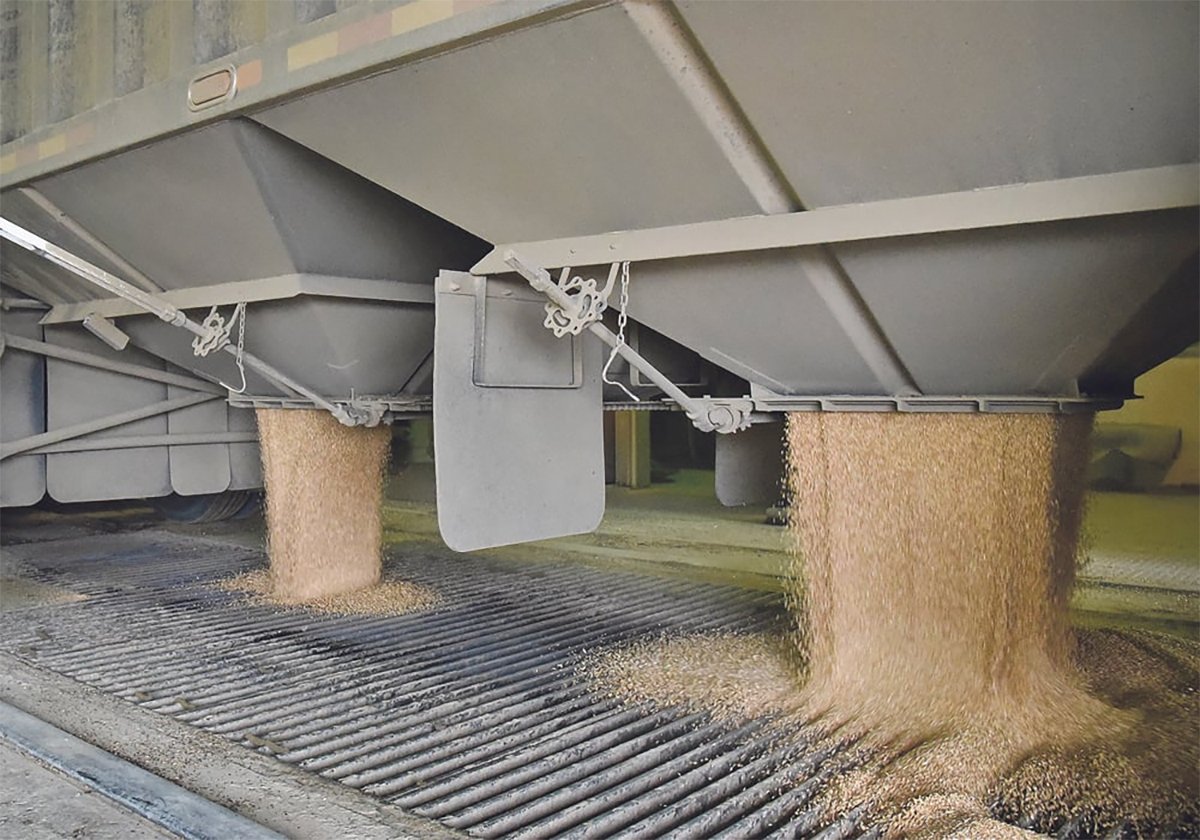There are many interesting parallels between grain farming in Western Canada and coffee production in Panama.
Most people associate the Central American country with the Panama Canal.
But outside of Panama City, agriculture is a big driver of the economy. There are bananas, rice, corn, sugarcane, a wide array of other fruits and vegetables — and coffee.
Panama is booming, with growth rates far higher than even Saskatchewan.
Coffee is the main crop in the widely dispersed community of Boquete, not far from the border with Costa Rica, but there’s increasing competition for land as Panamanians and foreigners look for their own chunk of paradise.
Read Also

Worrisome drop in grain prices
Prices had been softening for most of the previous month, but heading into the Labour Day long weekend, the price drops were startling.
Panama has about a thousand coffee farms and 25 processing companies. Production is tiny compared to coffee producing giants such as Brazil, kind of like comparing Canada’s canola production to the Brazilian soybean crop.
Award-winning Panamanian coffee beans command high prices in the world marketplace, but it’s still difficult to maintain the rich volcanic soil in coffee production when people are willing to pay exorbitant prices to build homes.
Our coffee tour guide explained that much of the industry’s labour force comes from the seven First Nations tribes in the region. Now, he says, there is a new tribe — snowbirds. Everything has become more expensive in and around Boquete, making affordability for the working class a big issue. Manual labourers typically earn less than $20 a day.
While crime rates are low, many of the newcomers live in gated communities because they’re only around for a few months of the year. During the summer’s rainy season, people head back to their permanent homes in Panama City, the United States, Europe and Canada.
Many of the beautiful valleys that were once coffee farms are now dotted with big houses and beautifully landscaped yards. It’s a bit like the Highway 2 corridor between Edmonton and Calgary, where pressure from population growth and industry is out-competing agriculture for land use.
Just as there’s more than meets the eye in the production of grain, oilseeds and specialty crops, there’s also a lot involved in coffee production. Unlike Brazil, where coffee harvesting is mechanized, picking coffee fruit is done by hand in Panama, which allows much better control of the maturity.
After picking and sorting comes floating, in which damaged coffee cherries rise to the top and are re-moved. The beans are then squeezed out of the cherries.
This is followed by fermentation of the beans, washing and drying. The beans are sorted by size, shape, density and colour, and their skins are peeled off after being aged in bags.
Specialty coffee is much more valuable, per pound, than any of the grain we produce. However, like farmers everywhere, new production challenges emerge.
A new fungus, akin to a strain of rust, is dramatically cutting production at lower elevations in Central America. The industry is struggling to find solutions, just as western Canadian producers grapple with new diseases and pests.
Both jurisdictions are seeing product and process innovation to maximize returns.
Different countries, different languages, different climates, different crops — interesting parallels.















